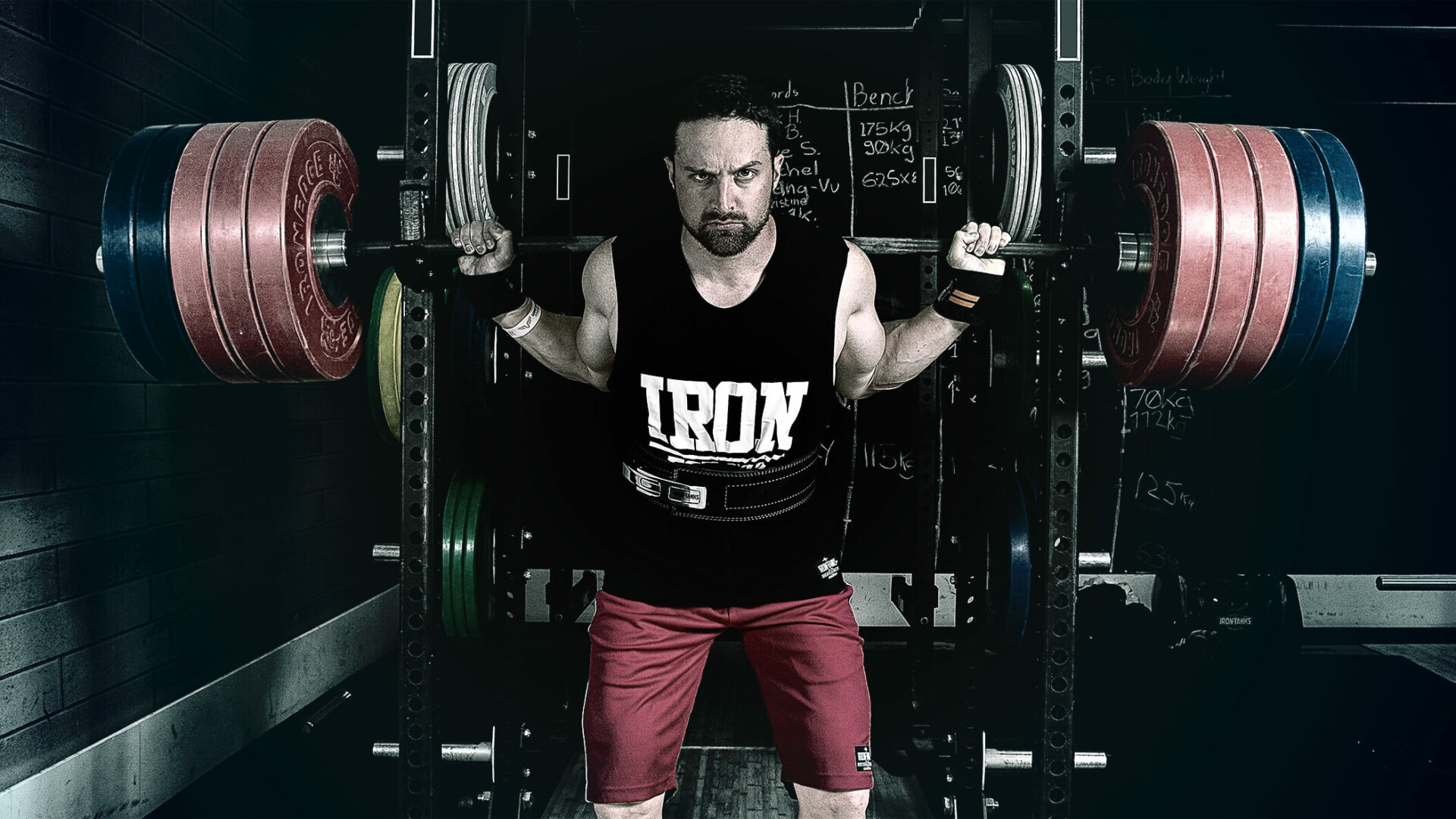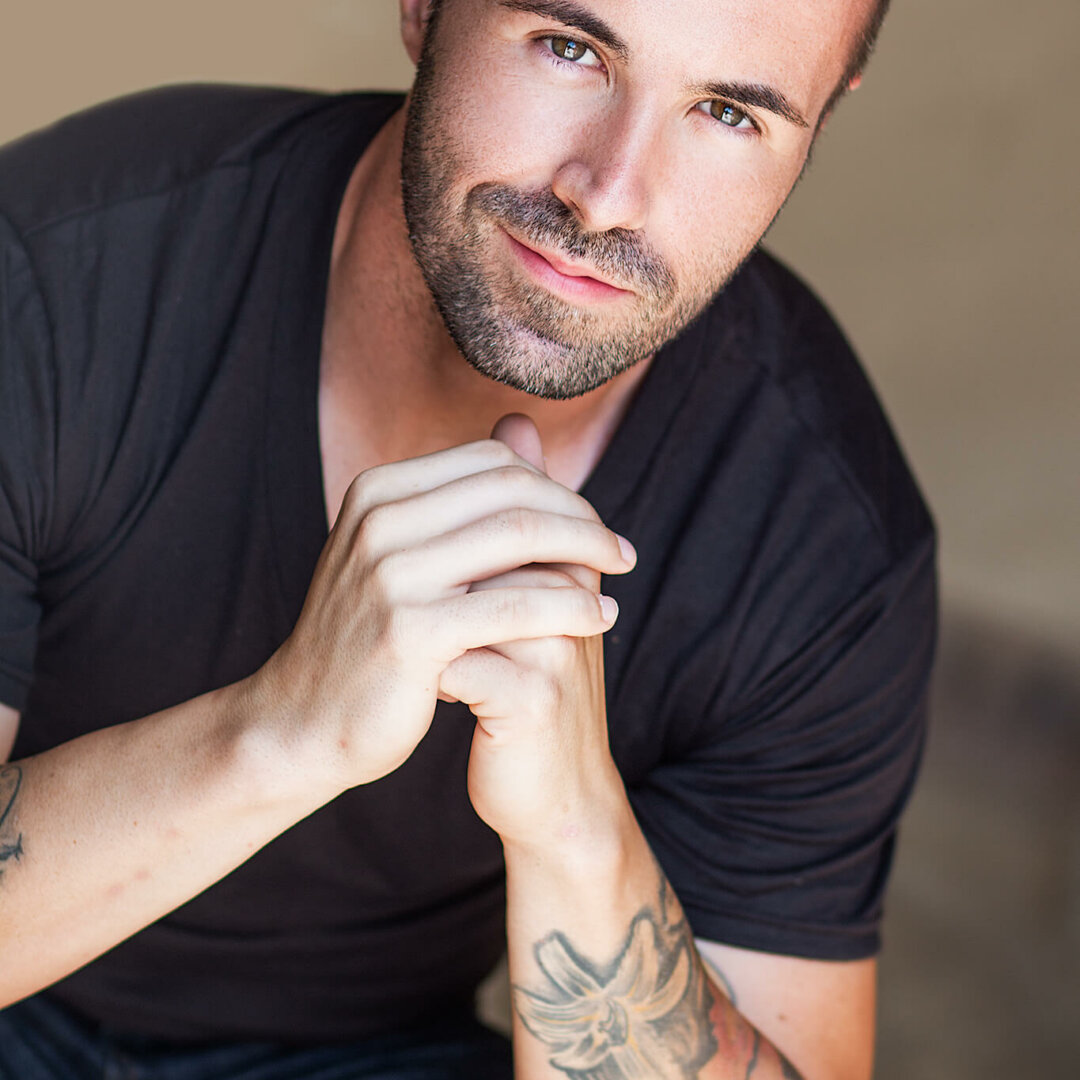Your hips. From a functional standpoint, they are like your shoulders. That is, they have the same motions, for the most part. Looking at their structure, they couldn’t be more different. And if you plan on deadlifting or squatting, you have to make sure there aren’t any weaknesses. If there are, it’s time to fix them. I should also note that if you want to walk, run, or sit they are also worth taking care of. So with that in mind, let’s take a look at the function of the hips.
Motions of the hip
Like the shoulders, the motions of the hip joint are not much different in terms of how they move. The fact that they have a different build does change the degrees of movement they are capable of, however. So with that, let’s take a look at them.
- Abduction— If we’re standing with a neutral stance and we move one of our legs away from our midline, that’s hip abduction.
- Adduction— Returning the leg back to center is hip adduction.
- Flexion— Bending our leg at the hip crease as if you’re going to kick someone in the testicles is hip flexion.
- Extension— Standing tall while squeezing your glutes is an example of this as is sprinting.
- Internal Rotation— Turning your hips in like you’re pigeon toed falls into this category.
- External Rotation— Also known as having duck feet.
Not only that, but you can adduct and abduct your hips while they are in flexion. Some people refer to this as transverse abduction and adduction, since it occurs in the transverse plane. In action, you can see an example of this by looking no further than the hip abduction/adduction machine at your local gym. Knowing all this, it means that to have a good squat and deadlift, you need both strong and mobile hips.
Preliminary Concerns
One of the main things you want to be wary of when dealing with your hips is your back overcompensating and taking the brunt of any lifting. If you are new, or you have faulty patterns you will see this often. An extreme example of this is picking up your Xbox 360 controller from the ground using all your back musculature with a small amount of glute involvement. In this instance, the likelihood of injury is small. Apply it to a few hundred pounds, you could have a problem. So this means you need spinal and pelvic stability. The following video demonstrates a banded hip thrust using both of those principles.
To perform, start on the floor with your lower back touching. You want very little space before you begin, and you want to maintain it throughout the movement. So your pelvis is going to stay neutral to help keep your spine neutral. As you descend the hip thrust, you’re going to land in a uniform motion. Do it right, you will feel it in your gluteus medius the entire time. Lose that sensation and you need to fix your form. Once you have that down, that’s going to be the position for your squats, deadlifts, and other assorted hip dominant movements, including the unilateral work in the next section.
Unilateral Work
Specificity is king. If you want a good lift, you have to practice that lift. But if you can make the parts stronger while working on the whole, your lifts have nowhere to go but up. So when it comes to your hips, unilateral movements are going to be a good first step for you. Here are two of my favorites.
Bulgarian Split Squat
Start with your foot on a bench and your other foot on the ground. Keep the neutral spine as mentioned above. You’ll feel the stretch in your non-working leg as you descend and stand back up focusing on squeezing your glute.
One Legged Deadlift
Same as the Bulgarian split squat, except we aren’t bending the knee as much. This makes it a much better hip dominant unilateral movement. Same rules apply. Keep the spine neutral, and if need be, shorten the range of motion to keep that stability.
Treat the unilateral movements as accessory movements. The benefits to the one legged movements are three-fold. On the one hand, they’ll help your balance, which is great for your vestibular system. Two, you’re working in the sagittal plane, but the hip abductors have to stabilize you, which makes it a bit more of a multi-planar movement. Last, if you have any imbalances, unilateral work is a great way to fix them to make your bilateral movements even better.
So now that you have some unilateral movements to focus on, we can focus on a bit more strength and mobility.
Hip Abduction
This drill, as you can see, is pretty simple. But it is effective. The best way to perform it is to think of your leg as going up and back in a diagonal motion. With that, you will feel it in your glute medius and glute maximus. Doing it this way also reinforces keeping your spine and pelvis stable like I mentioned before.
Furthermore, this will help you in your squat descent as well as when you get ready to pull a sumo deadlift off the floor. I should also note that having strong abductors will help you get better at walking your squat out of the rack.
The Pigeon
More common in the yoga circles, this is a great drill to help you open up your hips, and as a result, help your squat depth as well as your overall mobility. Most of the time you will see this performed as a static stretch. Since my mobility isn’t the best, I like to perform it in reps by moving in and out of it as in the video. Do it right, you’ll feel it in your groin as it stretches out your rotators.
Squat Position Work
For this, we’re in a squat position. In the video, I am pushing out my knees to stretch the hips. Note that my hands are touching in a prayer type position. To further the stretch, make one hand into a fist and keep the other flat. To go beyond that, put both hands into a fist and fist bump yourself as you push your knees out. This last variant is tough, so take it slow. Also, I am working on my internal rotation. You’ll note that in the video my right hip isn’t as good as my left hip when it comes to that. If you find yourself in a similar spot, work the hypo mobile side more.
Quadruped Work
I didn’t film a video for this, but this is something we’re all familiar with. In short, the quadruped position is when you are on your hands and knees. From there, you have the option for exercises like donkey kicks, bird dogs, and fire hydrants, and so forth. If you watch the Instagram stars do any of these movements, what do you notice? If you said “I see lots of lower back involvement,” you would be correct. A cool tip I learned from Jayme Saad—mine and Layne’s physical therapist—is to apply those stabilizing techniques above to the quadruped movements. And as I mentioned before, start with smaller ranges of motion if you find your lower back involved in any of the movements.
Conclusion
The most important facet of all these exercises lies at the beginning. Getting your spine and pelvis right will help grow your lifts by leaps and bounds. As such, before all my squatting and deadlifting work, I make it a point to warm up with the banded hip thrusts. The difference I feel in my lifts after the fact is night and day compared to if I don’t do anything at all and just go into my squat warm-up sets.
In addition to that, I follow up with the simple hip abduction exercises for two sets of 15. If I need to, depending on how tight I am, I will do some work in the squat position as well. All in all, it doesn’t take me five minutes to warm up the hips and it plays a large role in how well my squats go for my training session.
A sample day for you might look like this:
- Banded Hip Thrust 2×10
- Hip Abduction 2×15-20 per leg
- Squat position work. Hold the stretch for 20-30 seconds or do reps where you push your knees out and relax, 2×10 should suffice.
- You can also trade some of them out for the quadruped work or the pigeon stretch.
For the unilateral work, you have a few options. Your main lifts will require more specificity, so you can opt to perform your unilateral movements after that in your training session. My preferred method is to save them for a different day and focus on just those. At the same time, I don’t neglect the warm ups I mentioned. The key is to assess your weak points and go from there. One final note: the form for some of these is not set in stone. Like your squat and deadlift, your hip joint structure will depend on how each of these movements look, so don’t be afraid to experiment with them. Enjoy your newfound hip health.

